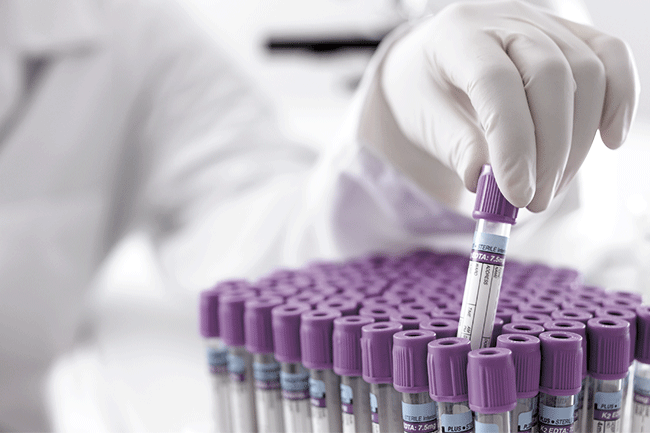Scientists at Stellenbosch University near Cape Town, South Africa have collaborated with London’s Imperial College, pioneering a new way to identify, isolate and target multiple-drug-resistant TB, which affects at least 20% of the 9 million people infected annually.
Known as fluorescence dilution, the technique has never before been applied in TB research but it is set to help scientists better understand why some TB bacteria respond to treatment while a subset is able to survive.
As reported by the Conversation Africa, ‘the technique can best be described as using “micro-tweezers” to physically pick out the slow-growing bacteria from the rest’, which enables them to find the hard-to-identify persistent bacteria. Two fluorescent proteins are used to label and measure the bacteria.
This method has previously been applied to isolate the food poisoning-bacteria salmonella. While it’s only the first step, the team can now begin more focused studies aimed at developing better methods to treat drug-resistant TB by identifying what makes it that way in the first place.


